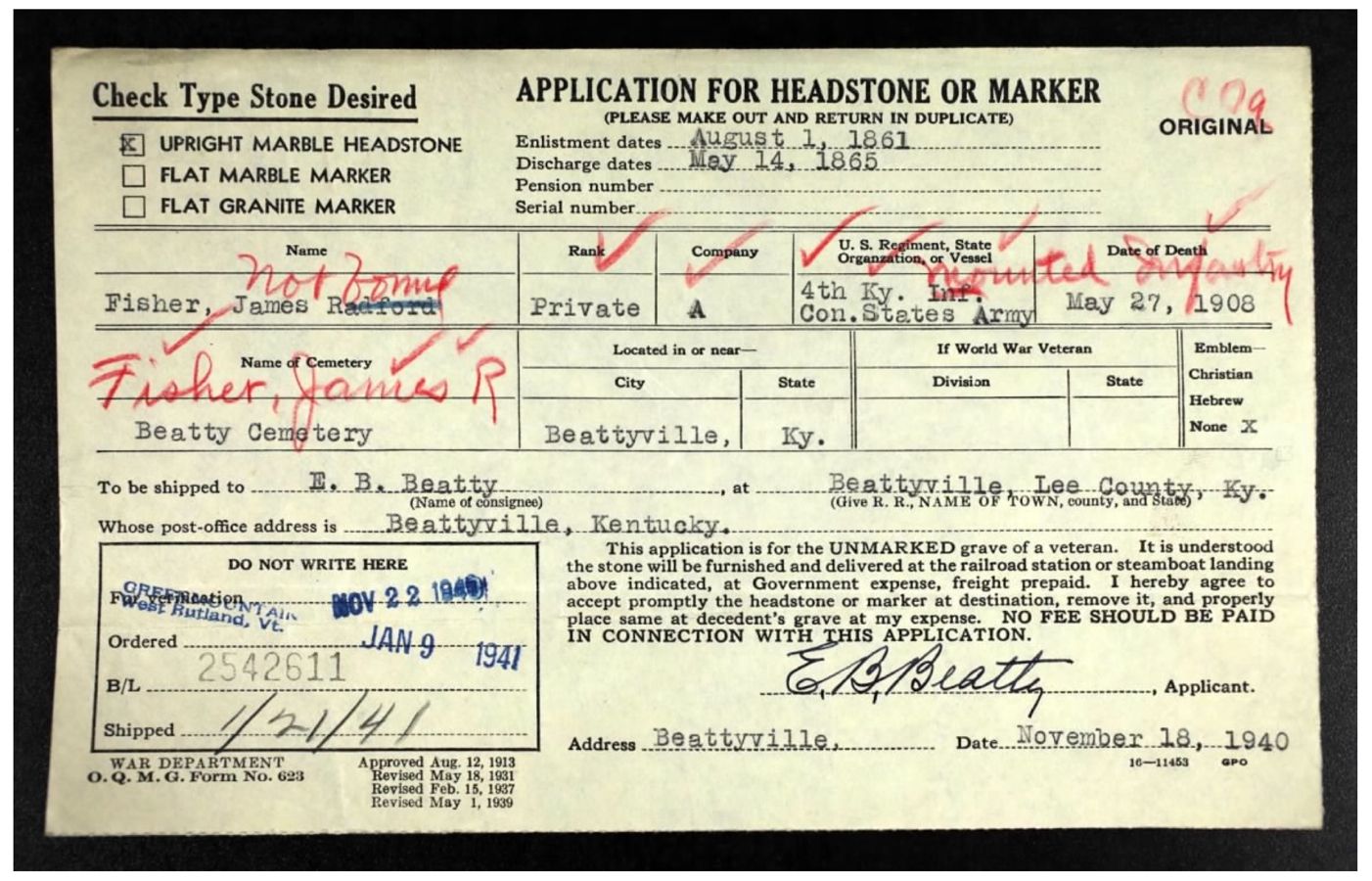I was VERY fortunate to have been stationed at Quantico, VA for so many years and lived in Stafford County or Fredericksburg. Actually in Virginia, it seems you cannot go too far without tripping over a 17th, 18th or 19th century battlefield site. Actually on every vehicle I own, I probably should have a large sign on the back that says, “WARNING. This vehicle stops at ALL Battlefield Sites.”
We were extremely fortunate to be allowed to reenact on two original Battlefield sites, at New Market Battlefield and on THE farm that was part of the ground of the Battle of Cedar Mountain in Orange County. One time we were even allowed to “sort of” reenact Pickett’s Charge on the original ground at Gettysburg. There were no opposing forces and we were not allowed to fire blanks, but were allowed to make the charge from the woods to what is now the highway. A few of the members in my Unit had ancestors from our Original Unit and who had made the charge there. I cannot begin to imagine how terrible it was during the War to make that charge.
Back in the early 80’s, I visited Drewry’s Bluff on the James River below Richmond, in a Confederate Marine Sergeant’s Uniform. At that time, they did not know that battle was where the first U.S. Marine won the Medal of Honor during the Civil War, until I informed the Head Park Ranger there. A few years later, they had one of the outdoor painting diorama’s depicting that event. Of course, they did not mention Confederate Marines fought there and was perhaps the only place where U.S. and Confederate Marines actually fired directly on each other during the war.
My problem with being able to visit where my Confederate Ancestor fought is that the family lost any records when they moved from Kentucky to Iowa after the war. So I truly envy your ability to visit where your ancestor fought.
Gus





